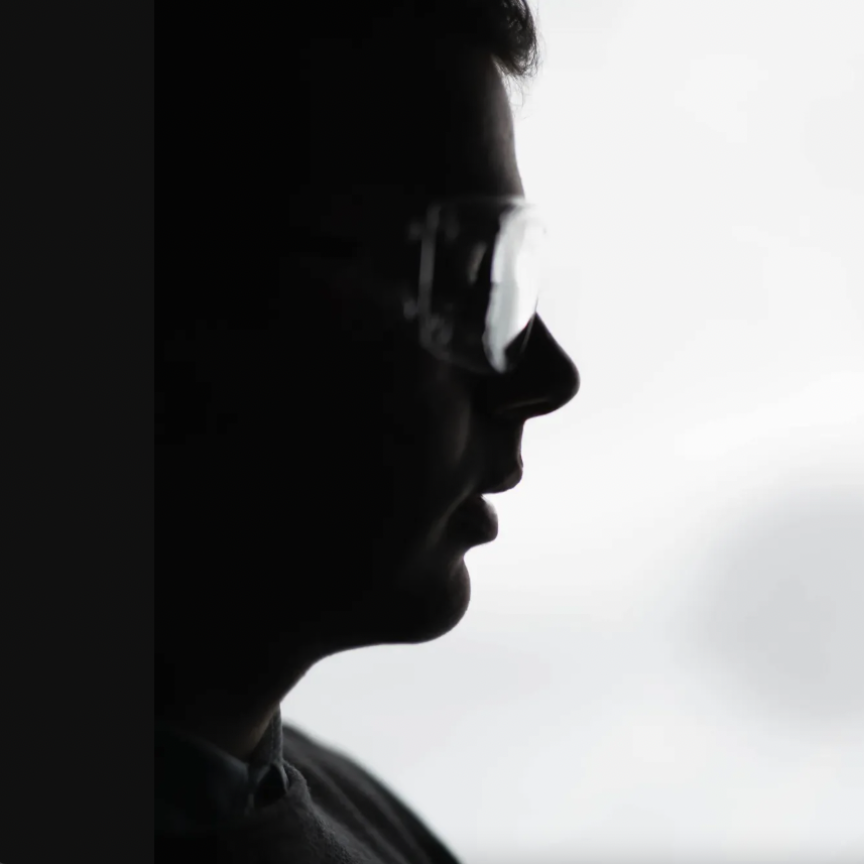Researchers are developing a photonic ‘nose’ to monitor crops for pest infestations and plant disease.
The technology will analyse low levels of volatile organic compounds emitted by plants, which indicate their health. This capability will then be coupled with machine learning hardware to make it practical for use in commercial settings.
According to the Food and Agriculture Organization of the United Nations, up to 40 per cent of global crop production is lost to pests annually. Each year, plant diseases cost the global economy over $220 billion, and invasive insects at least $70 billion.
Currently, crops are treated with pesticides, however there’s increasing pressure to find alternatives due to the environmental impact. One such alternative is to use integrated pest management to create an early warning system, which monitors plants for build-up of insects and diseases rather than spraying them chemicals, however so far this has proven unreliable and expensive.
This was the motivation for the scientists, from Harper Adams University and Aston University in the UK, to use light to monitor crop health.
The Midlands-based research team will be using strawberries to test the new technology. The fruit is worth £350 million to the UK economy, but it is vulnerable to potato aphid (pictured), which has the potential to wipe out an annual harvest.
Professor David Webb of the Aston Institute of Photonic Technologies says: 'Better invertebrate pest and plant disease monitoring technologies will significantly help cut crop losses. However most electronic noses use electrochemical sensors, which suffer from sensitivity issues, sensor drift/ageing effects and lack specificity. We intend to address this by building on the fast-moving technology of photonics – the science of light – whilst collaborating with scientists in other disciplines.'
The 12-month project is to receive £200,000 from the UK’s Biotechnology and Biological Sciences Research Council and the Natural Environment Research Council.
Dr Joe Roberts, lecturer in Entomology and Integrated Pest Management at Harper Adams University, says: 'With the projected increase in the global population there is increasing pressure on the agricultural sector to achieve higher crop yields. Reducing crop losses within existing production systems will improve food security without increasing resource use. We intend to establish an interdisciplinary community of agricultural science, optical sensing and machine learning experts to develop novel plant health monitoring platforms that enhance agricultural production through localised pest and disease monitoring to detect hotspots.'
What photonics technologies will be used?
Many organic molecules of the type the researchers expect to see can in theory be identified by their absorption spectra, with many of the distinct identifying features being located in the mid-infrared (MIR) wavelength range.
The researchers will therefore be making use of laser optical parametric oscillator (OPO) technology, capable of scanning over several thousand cm-1 in the MIR region.
'We plan on using this technology to pass a laser beam through a Herriott cell (providing increased effective path length) and measure the absorption of the gases within,' said Steven Daniels, a researcher at Aston University involved in the photonic nose project. 'Additionally, we will explore the use of quartz-enhanced photoacoustic spectroscopy, since this provides very high sensitivity from a small measurement volume, offering a route to miniaturisation of the acquisition system.'
A second high-risk but exciting field of spectroscopy that will be explored by the researchers is the use of dual-comb spectroscopy (DCS), which utilises two ultra-short pulse lasers mode-locked at slightly different frequencies.
'DCS targets all the spectrum at once and so data acquisition is extremely fast, but currently it is difficult to extend to the MIR and with sufficiently wide spectral coverage,' said Kaiming Zhou, another Aston researcher on the project. 'In both cases, machine learning techniques will be applied for data analysis and prediction for categorising between healthy and aphid-infested plants.'


